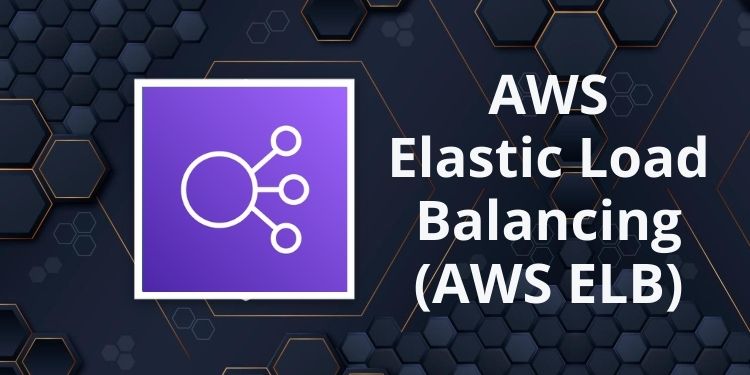Different types of Load Balancers in AWS
 Jaswanth kumar
Jaswanth kumar
In AWS , there are 4 types of load balancers you can use, each designed to address different use cases and requirements.
Application Load Balancer (ALB)
Layer: Operates at the Application Layer (Layer 7).
Use Case: Ideal for routing HTTP and HTTPS traffic. It supports advanced request routing based on URL paths, hostnames, HTTP headers, and more. It also integrates well with containerized applications and microservices.
Features: URL-based routing, host-based routing, WebSocket support, SSL termination, and native support for containerized applications.
Network Load Balancer (NLB)
Layer: Operates at the Transport Layer (Layer 4).
Use Case: Best suited for handling TCP, UDP, and TLS traffic with ultra-low latency and high throughput. It is designed for high-performance scenarios and can handle millions of requests per second.
Features: Static IP addresses, support for TCP and UDP traffic, TLS offloading, and the ability to handle sudden and volatile traffic patterns.
Classic Load Balancer (CLB)
Layer: Operates at both the Application Layer (Layer 7) and the Transport Layer (Layer 4).
Use Case: This is the oldest type of load balancer and is suitable for applications built within the EC2-Classic network. It is generally recommended to use ALB or NLB for new applications, as CLB is considered legacy.
Features: Basic load balancing for HTTP/HTTPS and TCP traffic. Lacks many advanced features of ALB and NLB.
Gateway Load Balancer (GWLB)
Layer: Operates at the Network Layer (Layer 3).
Use Case: Designed for deploying, scaling, and managing third-party virtual appliances (such as firewalls, intrusion detection systems, etc.). It simplifies the integration of virtual appliances with your network architecture.
Features: Allows you to insert third-party appliances into your network flow, simplifies the management of virtual appliances, and provides automatic scaling and high availability.
Each of these load balancers has its own set of features and benefits, so the choice depends on your specific application requirements, traffic patterns, and architectural needs.
Subscribe to my newsletter
Read articles from Jaswanth kumar directly inside your inbox. Subscribe to the newsletter, and don't miss out.
Written by

Jaswanth kumar
Jaswanth kumar
I have been working as a DevOps engineer @TESCRA for an Airlines Client. Mainly on Platform Engineering and Application logging and monitoring end